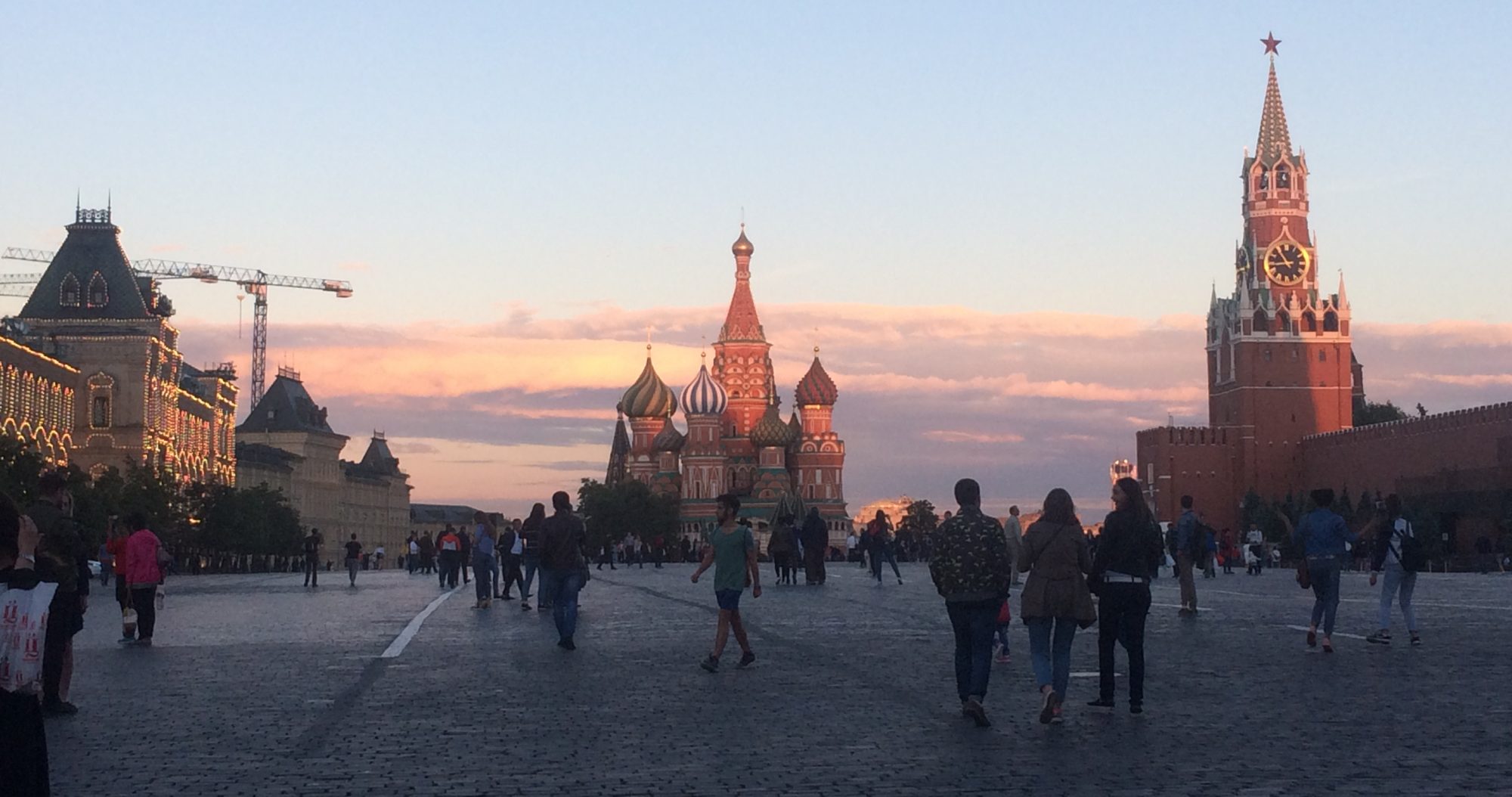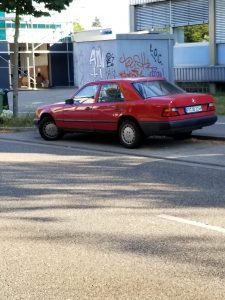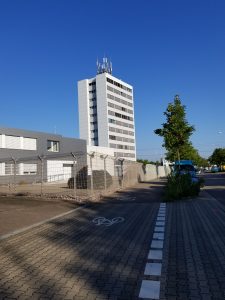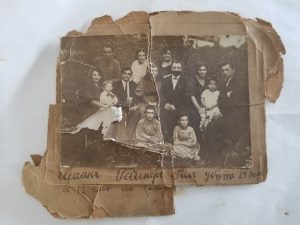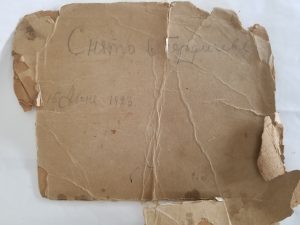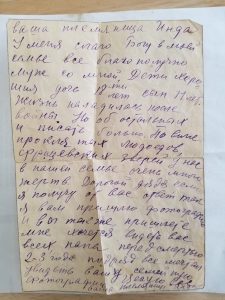German privacy laws are no joke. For the past two weeks, I have been doing archival research in Freiburg and Berlin. In all of the archives in which I have worked (so far five), I have had to sign paperwork that says I will protect the personal information of subjects whose identities I come across in my research. I do not have a problem with this, but today I was in for quite a surprise in the East German division of the German Federal Archive (BA-SAPMO). When I registered online and checked in yesterday, I had to sign release forms about the protection of personal information for specific archival collections. Today, as I was sitting in the reading room and working through a series of documents that I could not photograph (ah, the feeling of Russian archives) due to their personal nature, an employee came up to me and told me that he needed to speak to me about my research topic. He led me into a back room and then began to interrogate me about my research topic in depth and what I was hoping to find in the documents that I had requested. He then asked about my university and said that he would need to keep a photocopy of my university ID in the archive records.
This, oddly, was a moment that felt like being back in Russian archives. I was actually surprised that all I had to do to register for the German archives was to email and fill out some forms online. In each reading room all I had to do was tell the staff my name and they would give me my files. In Russia, however, the archive registration process is far more strict. To apply to work in Russian archives, one need to present a signed letter (an отношение) that explains your topic, the dates of study, and your university affiliation. The letter has to be on university letterhead and a signature of the highest possible academic rank is best, that is it is better for it to be signed by a dean than a professor. When questioned about my research, the archive employee asked me about my university affiliation. He asked if I had a letter about it, and I had a minor deer in the headlights look as I said no, had bad flashbacks to Russia, and stated that I had my student ID. He said that would suffice.
Before I could get my files, I had to assure the staff member that I would anonymize any personal information that I found in the records I was perusing. When my dissertation is complete, I also need to submit a copy to the Federal Archive so that they can have it on record. My ID and answers were sufficient, and I was granted access to the remaining folders that I had requested, or rather had requested for me. The excellent take away from German archives is that the staff is very helpful. I emailed the archive’s general email account in May when I was planning my trip. My topic was given to some archivists, who put together a 20-page packet that listed all of the files that I should consult. Upon my arrival to this particular archive yesterday, I was handed sheets of paper for additional files that I should consult. At the time, one staff member handed me the privacy forms to fill out and proceeded to order 14 files for me without me knowing what exactly was in them. Thankfully, it was useful information.
